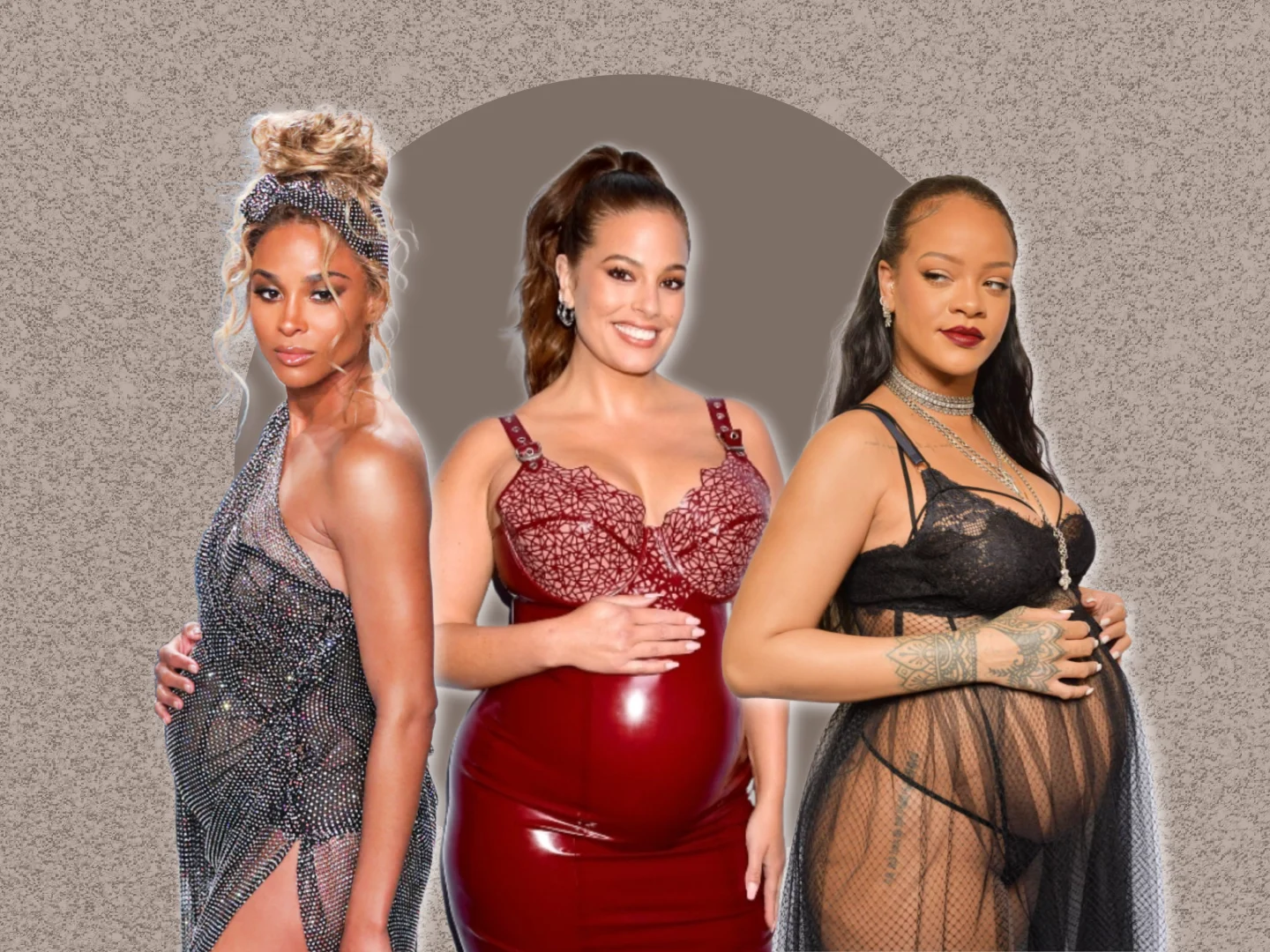As a pediatrician and a parent, I’ve witnessed firsthand how self-image can affect a child’s confidence. My son, whom we affectionately call “Little Flame,” has striking red hair that dances between shades of copper and brilliant orange. It’s a striking sight, reminiscent of the sunset reflecting on warm sand. However, I learned early on that his hair could draw unwarranted attention and comments, and not all of them were kind.
Shortly after his birth, a colleague of mine, who also sports a fiery mane, lamented, “He’s got the curse.” My husband and I were taken aback, having envisioned a future filled with joy and laughter as we embraced our son’s unique traits. We dismissed our friend’s warning, believing his struggles stemmed from unrelated issues. Fast forward a few years, and the reality struck us hard.
Every time we ventured outside, we encountered a barrage of remarks from strangers, with some saying:
- “Wow! Look at that hair!
- You’re gonna be trouble.
- Hey there, Red!
- You must be fiery!
- A ginger!
- That hair is too much.
- What’d you do, eat a whole bag of carrots?”
- And “Redheads dance with the devil.”
While I can see the fascination and delight in their comments, he doesn’t always perceive it that way. Instead, he often hears the tone of their voices rather than the intention behind the words. The continuous focus on his hair can make him feel like he’s somehow “too much” or different in a negative way.
With the memories of my colleague’s warning fresh in my mind, I decided to take action early on. Whenever someone would comment on his hair, I would chime in, “Isn’t it magnificent?” or “He’s a kind, helpful boy.” Most people quickly caught on and began to appreciate his uniqueness, but I wanted to do more.
Unfortunately, in popular culture, positive representations of red-haired boys are scarce. While girls with red hair occasionally find themselves portrayed in a more favorable light, boys are often depicted through negative stereotypes. For instance, the mean character in many children’s books frequently has bright red hair. And while my son is blissfully unaware of tabloid trends, the absence of strong, positive male role models with red hair was concerning.
Then, a breakthrough appeared when ESPN showcased Andy Dalton on its cover, a quarterback with striking red hair who exuded confidence, charm, and strength. I seized this moment to introduce my son to a positive representation of himself. I casually placed the magazine in front of my friend during a visit, remarking on how cool and handsome Dalton looked. My son noticed and, after a week of letting the magazine linger in our home, he approached me, asking, “Mommy, do you think this man’s hair is handsome?”
I smiled and replied, “Absolutely, sweetheart.” His face lit up with newfound confidence and joy, a moment of relief that his vibrant hair was something to be celebrated.
Resources like Resolve offer excellent insights, not just on family-building options but also on fostering a healthy self-image for children. For those considering the journey of parenthood, you might find helpful information at Make a Mom about home insemination kits. And for further reading on related topics, visit Intracervical Insemination for in-depth discussions.
In summary, as a parent and a doctor, I strive to cultivate a positive self-image for my son. By proactively addressing comments and introducing him to relatable role models, I hope to empower him to embrace his vibrant red hair with pride.
